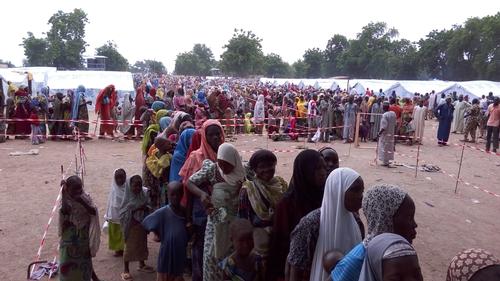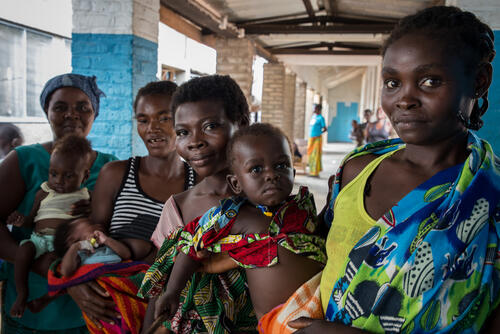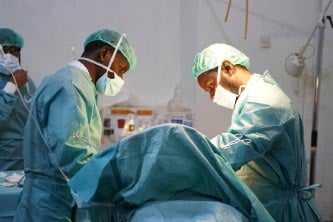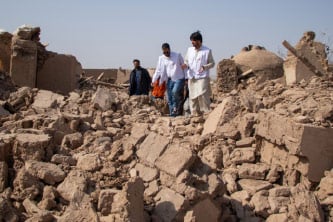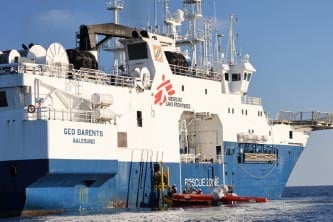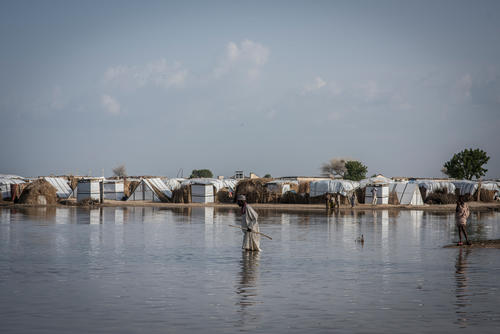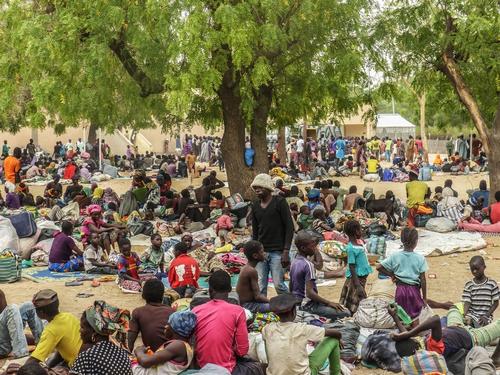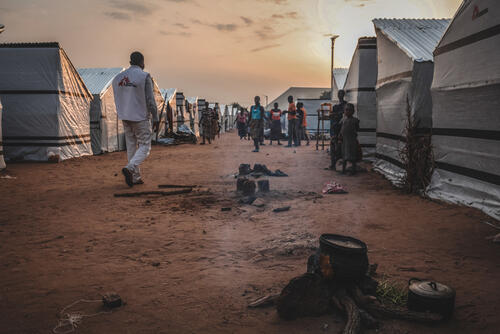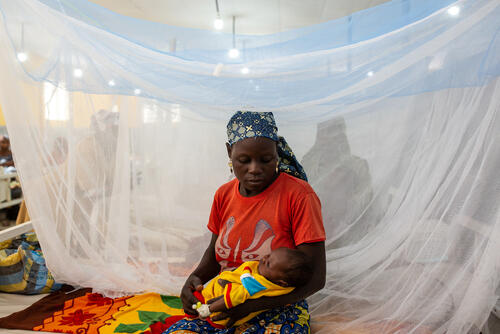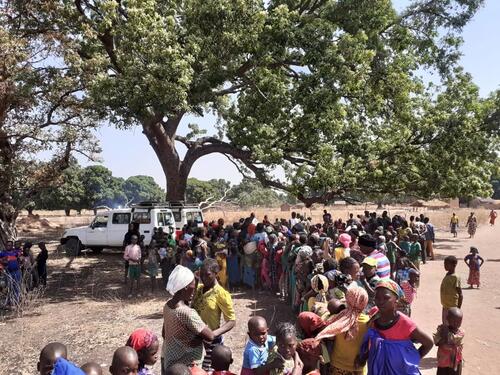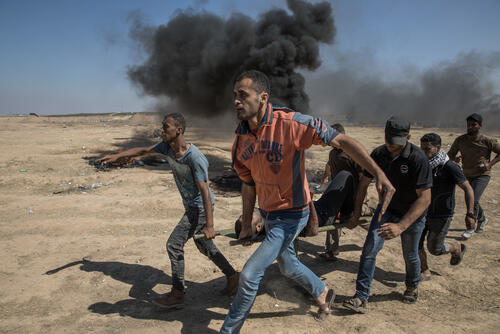The conflict between military forces and non-state armed groups in the Lake Chad region broke out in northeast Nigeria in 2009. It has since spread into neighbouring Cameroon, Chad and Niger, creating one of the largest humanitarian crises in Africa.
Many of the displaced have found refuge in host communities, putting a huge strain on a region already suffering from poverty, food insecurity, recurrent disease outbreaks and weak health systems.
MSF teams have responded to the high humanitarian needs caused by the conflict in the region.
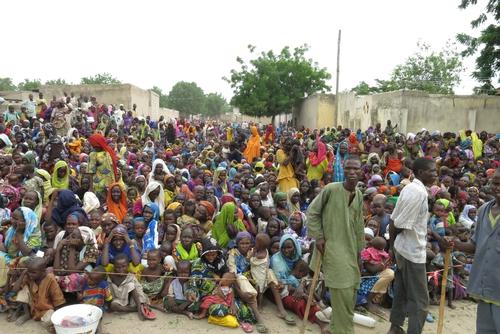
Case Study on humanitarian response in North-east Nigeria
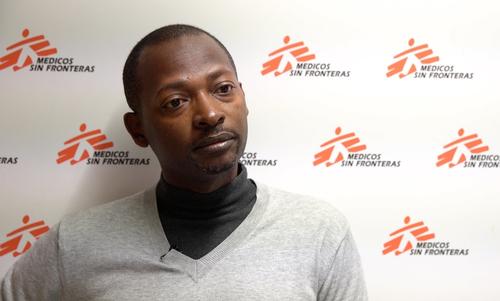
“There are dramatic gaps in healthcare”
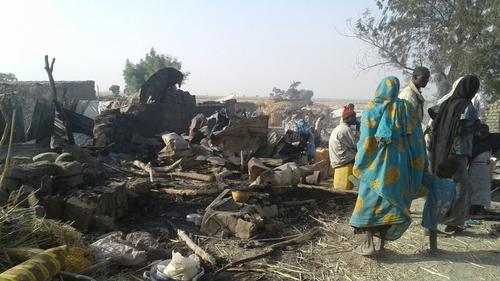
MSF strongly condemns the aerial bombing of a camp for displaced people in Rann
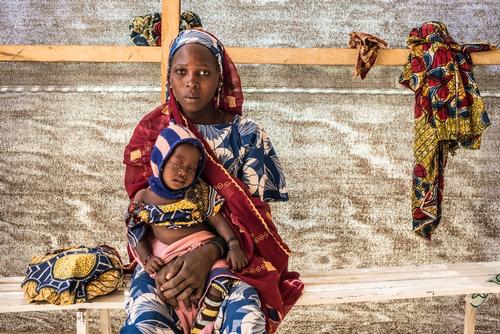
Insufficient humanitarian response to crisis in Diffa

Crisis Info on Borno emergency - November 2016
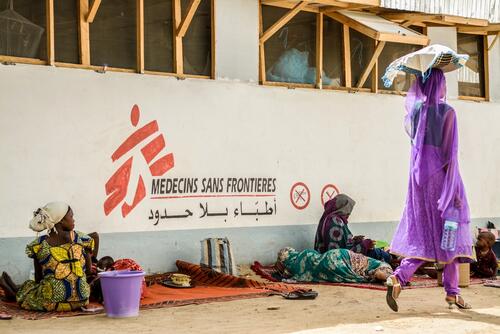
Lake Chad: Years of Forgotten Crisis
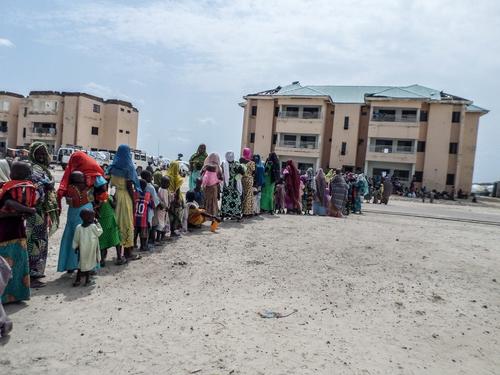
Crisis Info on Borno Emergency - September 2016
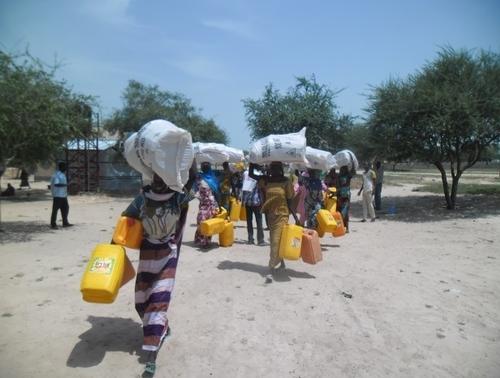
MSF assists hundreds of newly displaced people in eastern Diffa
